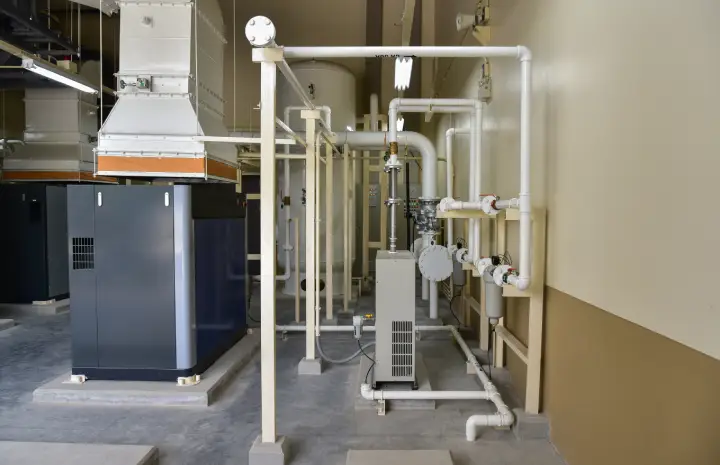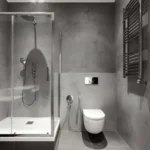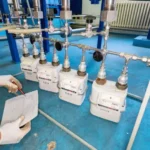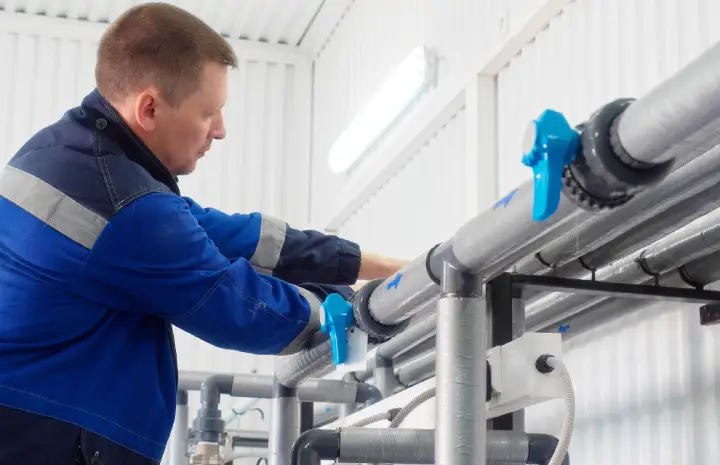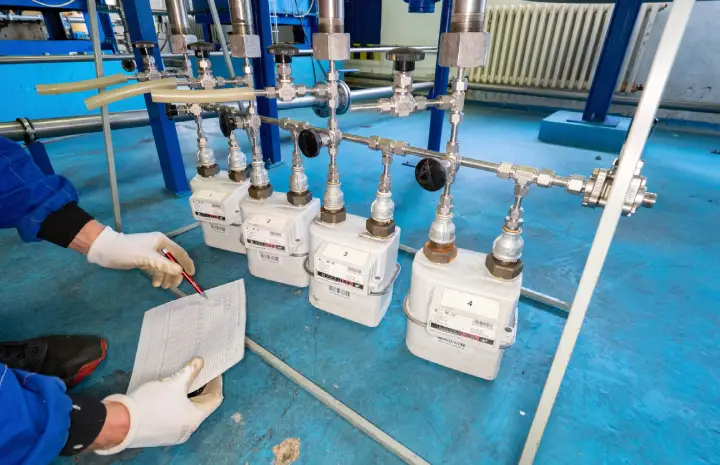Innovations in Aluminium Pump Room Installation for 2025
In the fast-evolving world of construction and infrastructure, efficiency, durability, and sustainability are the new benchmarks for success. Nowhere is this shift more evident than in Aluminium Pump Room Installation, a sector undergoing a quiet revolution in 2025.
Once viewed as purely functional spaces, pump rooms are now being reimagined with advanced aluminium fabrication, modular design, and smart integration. These innovations are not just enhancing performance but also redefining the way industries approach long-term maintenance and environmental responsibility — especially in regions like the UAE, where heat, humidity, and operational demand challenge traditional materials.
Let’s explore the key innovations transforming aluminium pump room installations and why they’re setting new standards across industrial, commercial, and residential projects.
1. The Shift Toward Smart Engineering
The biggest trend of 2025 in Aluminium Pump Room Installation is intelligent engineering. The integration of IoT-enabled systems allows pump rooms to become smarter, more efficient, and easier to maintain.
Modern installations now feature sensors that monitor:
- Pressure levels within the pump system.
- Temperature fluctuations to prevent overheating.
- Vibration analysis for predictive maintenance.
- Airflow and humidity, especially in sealed aluminium enclosures.
These smart systems transmit real-time data to facility managers, helping them detect early warning signs before they escalate into costly breakdowns. Combined with corrosion-resistant aluminium enclosures, the result is a longer-lasting, low-maintenance solution that performs seamlessly in harsh environments like Dubai’s industrial zones or coastal installations in the UAE.
2. Prefabrication and Modular Design
Gone are the days when pump rooms required lengthy on-site construction. The new generation of Aluminium Pump Room Installation is all about prefabrication and modularity.
Key advantages of modular aluminium systems include:
- Faster installation: Pre-built panels and frameworks reduce on-site labor and downtime.
- Customizable design: Modules can be tailored to different project scales — from small residential systems to large municipal facilities.
- Sustainability: Prefabricated aluminium components minimize material waste during fabrication and assembly.
- Easy relocation: Modular systems can be disassembled and reinstalled elsewhere — perfect for temporary or expanding sites.
In 2025, construction efficiency is paramount, and aluminium’s lightweight yet strong nature makes it the ideal material for these next-generation modular systems.
3. Enhanced Thermal and Acoustic Performance
One of the main challenges in pump room design has always been heat dissipation and noise reduction. New aluminium composite technologies are solving both.
The latest Aluminium Pump Room Installation techniques use insulated panels with multi-layer coatings that:
- Reflect up to 85% of radiant heat, reducing internal temperature buildup.
- Absorb vibration and sound generated by heavy pumping machinery.
- Resist expansion and contraction in fluctuating climates.
These advanced materials create quieter, cooler, and more energy-efficient spaces — a critical upgrade for urban environments and large industrial facilities across Dubai and Abu Dhabi.
4. Sustainable Manufacturing and Eco-Friendly Practices
In line with global sustainability goals, manufacturers in 2025 are prioritizing eco-conscious aluminium production. Modern aluminium is not only 100% recyclable, but fabrication processes now use low-carbon smelting technologies to reduce environmental impact.
Furthermore, Aluminium Pump Room Installation practices increasingly follow green building standards such as LEED and Estidama.
Sustainability innovations include:
- Powder-coated finishes that eliminate harmful chemical solvents.
- Solar-compatible designs, allowing pump rooms to integrate renewable energy systems.
- Recyclable components, enabling future reuse without compromising structural integrity.
As Dubai and the wider UAE continue to push for energy-efficient construction, aluminium remains the go-to material for sustainable infrastructure.
5. Improved Corrosion Resistance and Coating Technology
Corrosion has long been a major challenge in pump room environments, particularly in humid coastal areas. In 2025, the advancement of anodized and nano-coated aluminium has significantly extended the lifespan of installations.
These new coatings offer:
- Superior protection against saline air and chemical exposure.
- Enhanced hardness for impact resistance.
- Long-term aesthetic appeal with anti-fading finishes.
By integrating these finishes into every Aluminium Pump Room Installation, companies can ensure minimal maintenance and maximum performance — even in the UAE’s most demanding climates.
6. Integration with Building Management Systems (BMS)
Another major step forward is the seamless integration of pump rooms with Building Management Systems (BMS).
This innovation allows operators to:
- Control pump operations remotely.
- Automate cooling and ventilation cycles.
- Track energy consumption and maintenance schedules.
- Receive alerts for leaks, pressure anomalies, or system inefficiencies.
With Aluminium Pump Room Installation becoming part of the smart infrastructure ecosystem, facilities benefit from reduced energy use, improved safety, and lower operational costs.
7. Aesthetic and Functional Design Harmony
While function remains the priority, 2025 has seen a notable shift toward design-conscious aluminium pump rooms. Architects and engineers are working together to ensure these structures blend seamlessly into modern environments.
Key design improvements include:
- Streamlined profiles that complement surrounding architecture.
- Color-coated panels available in matte, metallic, or textured finishes.
- Integrated access points for maintenance without compromising design.
The result? Pump rooms that are not only practical but visually refined — aligning perfectly with the modern architectural standards seen across Dubai’s industrial parks, resorts, and residential communities.
8. Safety and Compliance Upgrades
Safety remains a top concern for all Aluminium Pump Room Installation projects. New international and UAE regulations require higher standards for fire resistance, ventilation, and emergency access.
To meet these, 2025 installations are incorporating:
- Fire-rated aluminium composite panels.
- Improved ventilation systems with automatic temperature control.
- Anti-slip flooring and ergonomic layouts for safer maintenance access.
These innovations not only enhance compliance but also make pump rooms more reliable and worker-friendly than ever before.
9. The Future of Aluminium Pump Rooms in the UAE
Looking ahead, Aluminium Pump Room Installation is moving toward full automation and predictive maintenance. Artificial intelligence (AI) will soon be used to analyze operational data and forecast potential issues before they occur.
Additionally, digital twin technology — the creation of virtual pump room replicas — will allow engineers to simulate performance, test configurations, and optimize maintenance schedules remotely.
The future of pump room design in the UAE will be defined by efficiency, intelligence, and sustainability, all powered by advanced aluminium technology.
Final Thoughts
As industries evolve, so must the infrastructure that powers them. In 2025, Aluminium Pump Room Installation represents the perfect blend of innovation, resilience, and sustainability. With modular design, smart systems, and eco-friendly materials leading the way, aluminium pump rooms are no longer just utility spaces — they’re engineered hubs of efficiency built for the future.
For businesses and developers in Dubai and across the UAE, these advancements promise reduced maintenance, enhanced safety, and performance that stands the test of time — all while reflecting the nation’s vision for smarter, greener construction.
